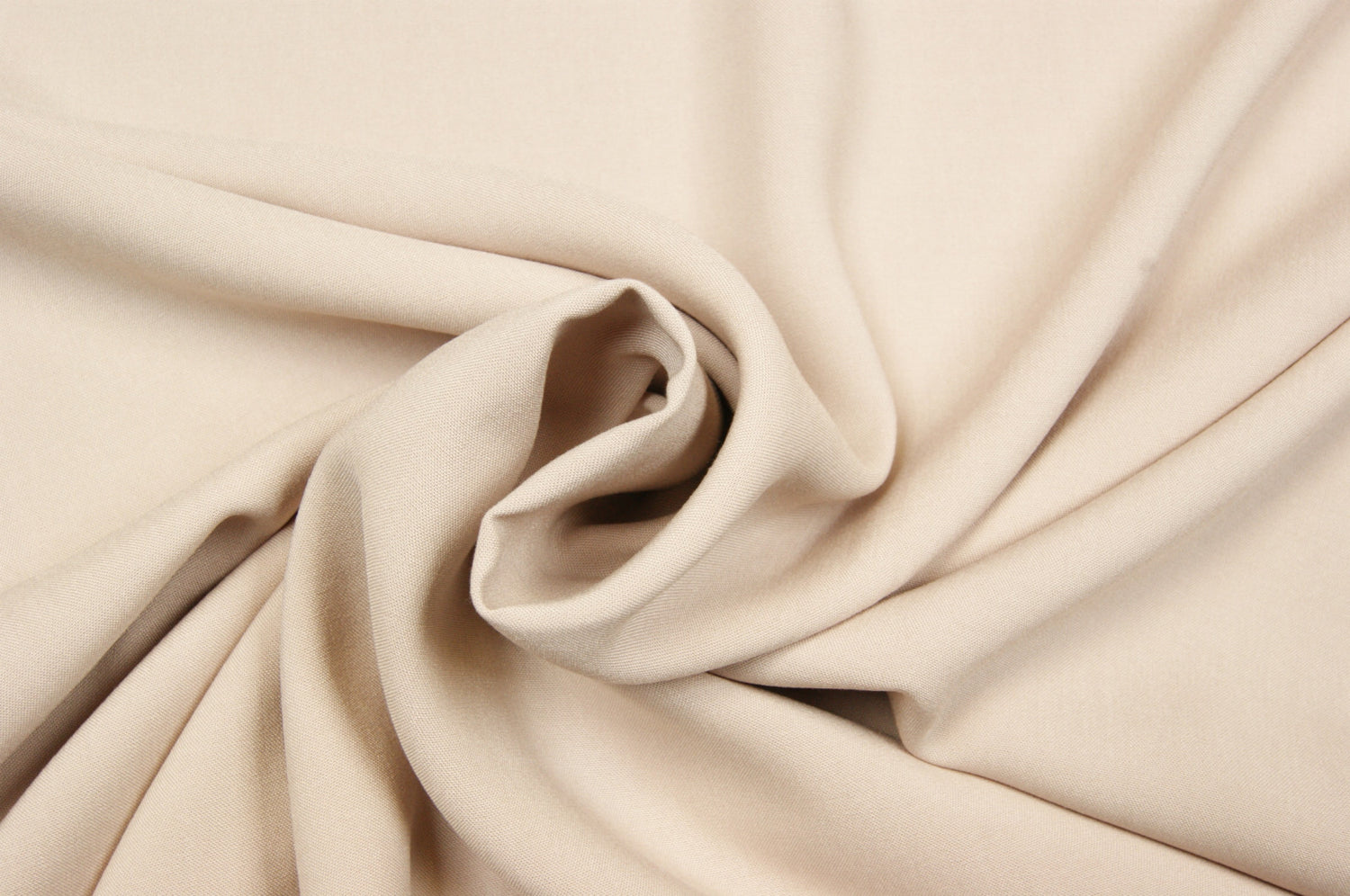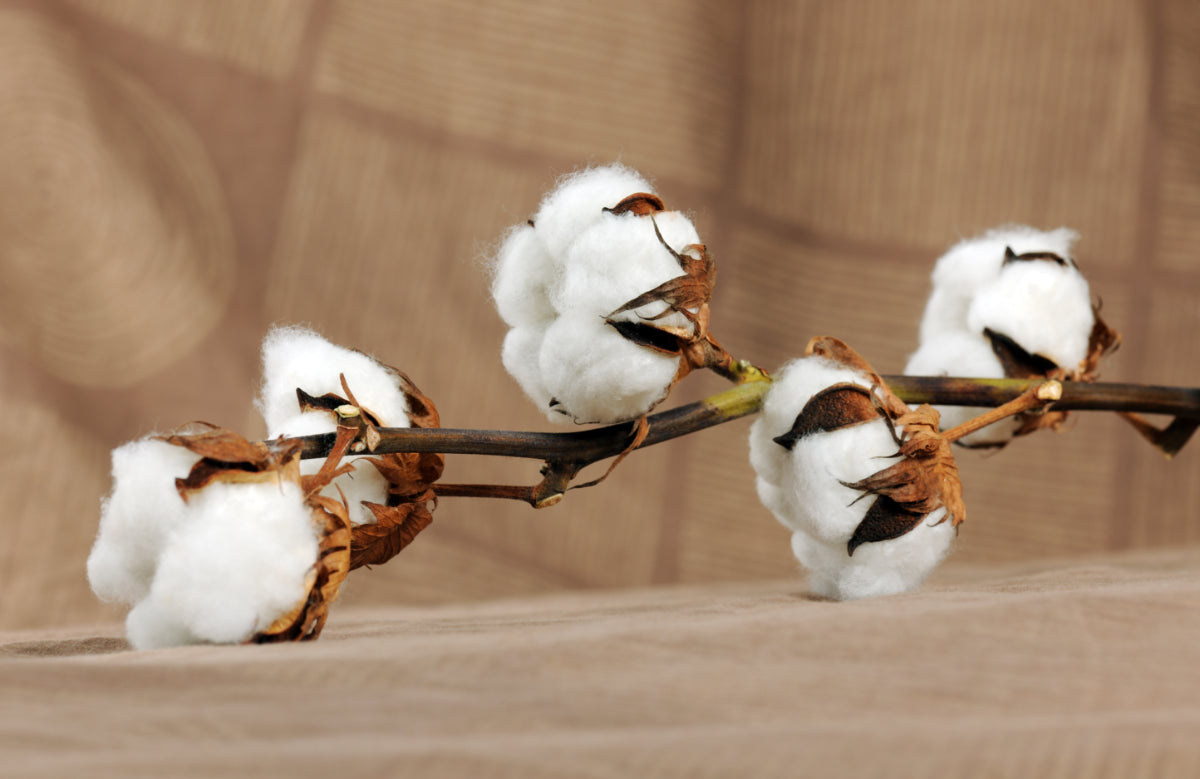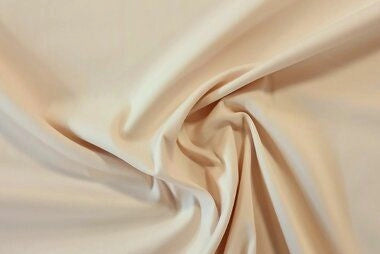Tips and care

VISCOSE
Viscose is a soft fabric which provides comfort to wear. The fabric has a beautiful, luxurious appearance. The viscose fabric has important wearing advantages. One is that the fabric is wrinkle-free and dimensionally stable. As a result, it wears easily and you can move freely in it.
It is relevant to treat viscose clothing with love. Viscose is best washed by hand. We always recommend looking carefully at the care label for each item first. Should the viscose be washed, we recommend looking at the care label first, otherwise wash on a wool or silk wash cycle at up to 30 degrees.
Viscose may be put in the dream drum, but not too hot. You can iron viscose, but on a low temperature.

COTTON
Cotton is a soft material, does not sting and has a long life. Because of this, we also use this type of fabric. Cotton is a natural product and comes from the cotton plant.
Cotton is known for its wearing comfort and sturdy quality. It feels natural on your body and has a long lifespan.Washing cotton is generally easy. It can be done in different ways, depending on the garment and preferences.
Cotton is an easy-care material. We always recommend as a first step to check the washing instructions for each item before washing. We recommend hanging the clothes out, as this always keeps them looking better.
Should you still choose to do a delicate wash, we recommend not doing it at too high a temperature, as the cotton may shrink.

POLYESTER
Polyester is a durable fabric because it resists wear, creasing and shrinking. This makes it last longer, even through regular use and washing.
We always recommend looking at the washing instructions per item before you want to wash. Polyester can shrink, so we recommend washing polyester fabrics at 40 degrees.